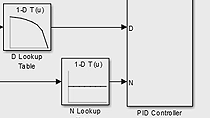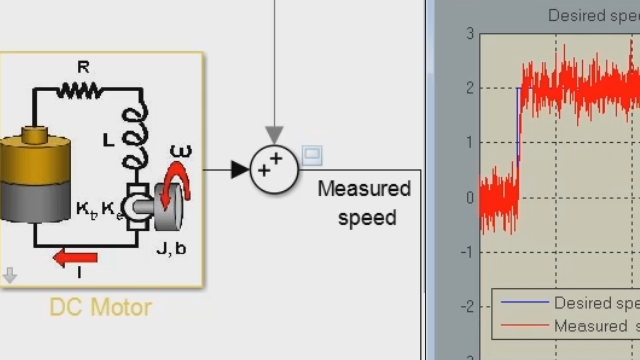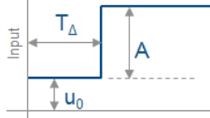Implement Droop Controllers for Islanded Operation of Remote Microgrids
Learn how to design grid-forming controllers with droop control for an islanded operation of a remote microgrid. A microgrid typically has a preplanned load shedding strategy to reach balanced operation. However, instant load shedding is difficult to implement with the absence of a main grid to balance load changes. Droop control is used for such a scenario, keeping the microgrid frequency and voltage around their nominal values without the energy management capability of the main grid.
Published: 25 May 2022





